Gone are the days of windowless rooms filled with bulky recording equipment, multiple flickering screens, and file cabinets full of disks containing endless hours of footage. The state of the art in surveillance equipment today is all about pixels, thumb drives and accessing ‘the cloud’ from your mobile device.
But when it comes to co-op, condo, and HOA communities, should boards be budgeting for retinal scanners, high-definition camera systems, and remote monitoring services? According to Arthur Kuchuk of Techpro Security Products in Boca Raton Florida, probably not. “It’s too much,” he says. “That’s for fighting terrorists.” In the context of a residential building or development, key fobs make a lot more sense (both practically, and financially) than retina recognition technology. Kuchuk also recommends something along the lines of “an 8-megapixel HD CCTV system. Optimally, “The recording should be viewable from a mobile device as well.” Resolution strength ranges from two to 12 megapixels on these types of cameras. The higher the megapixel count, the better the resolution.
Bob Maurisel, president of Electronic Security Group of West Boylston, Massachusetts, explains the reach of improvements in surveillance technology today. “Time was, you needed, say, four cameras – but now you can have one camera that looks at a full 360 degrees; a surround view camera.” Those cameras typically retail for about $2,100, and Dan Millard, a sales representative also with Techpro Security Products, advises condo, co-op and HOA boards and their representatives to “Always get multiple quotes on items, and to make sure they're happy with the capacity of the equipment.”
Another really exciting aspect of the latest in the state of surveillance is video analytics. “Video analytics can be programmed to distinguish between a car and a dog,” says Maurisel. “It can count people, and when it detects an intruder it sets an alarm in motion.” Kuchuk stresses that heat seeking motion detectors should be monitored. “The monitor gets a notification through a mobile device that something has been detected. These services are generally available through monitoring companies, which charge a monthly fee.” To date however, this technology has been more commonly applied in retail environments than in condominiums. “Townhouse complexes,” says Maurisel, “require higher megapixel equipment than hi-rise residential buildings. They also require wireless networks,” due to the exterior surveillance required for parking and recreational areas.
Maurisel also recommends key fob or key card systems as an excellent enhancement to surveillance camera systems. “You need them,” he says. “They create an audit trail. Anytime someone comes onto the property, you have a record, and you can see them on your video.” He also recommends alarm monitoring on all doors leading out of the property to let the monitors know when a door is ajar.
Millard had another suggestion as well for both townhouse communities and hi-rise buildings with interior parking garages: “Place license plate censors at the entrance to the complex or the parking garage. These cameras adjust shutter speeds to catch license plate numbers.” It's always better to be safe than sorry – and with the right equipment and monitoring technology, your co-op, condo, or HOA can stay on the right side of the security equation.
Alan Sidransky is a staff writer and reporter for The Cooperator.



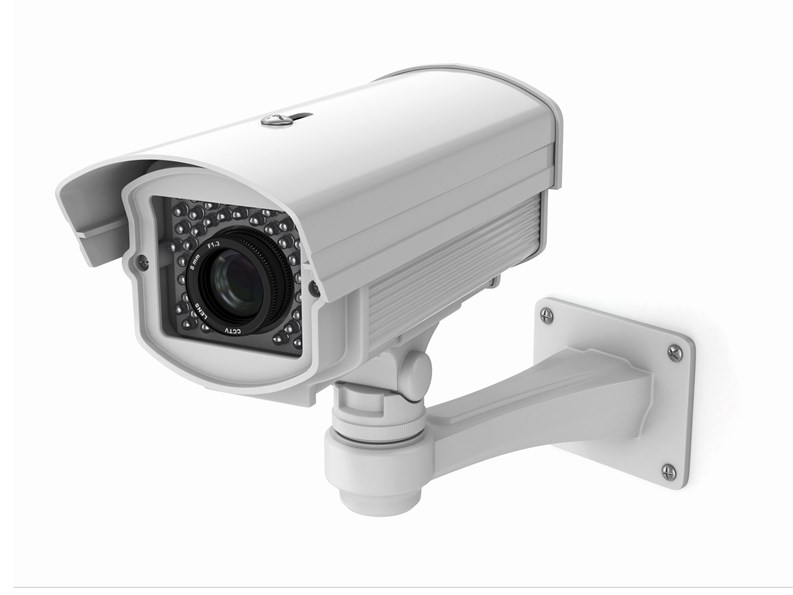
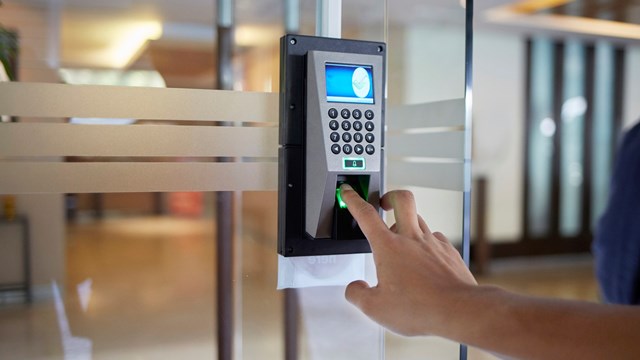


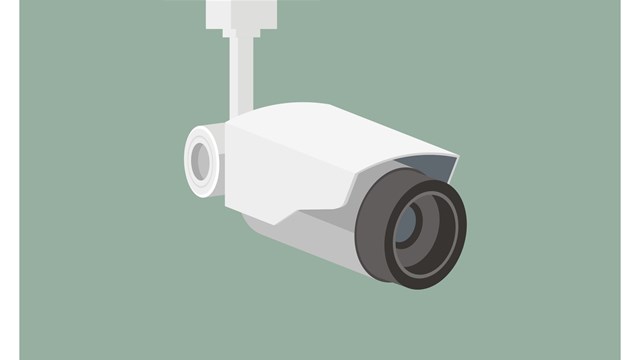
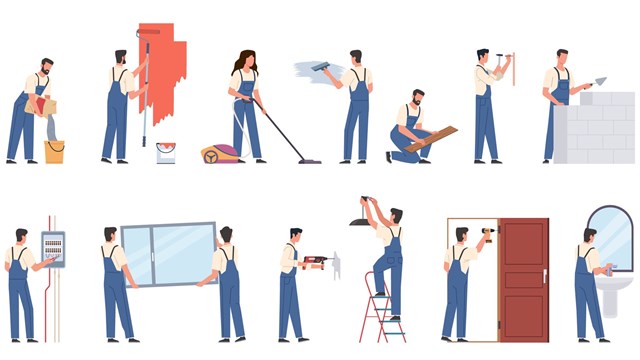
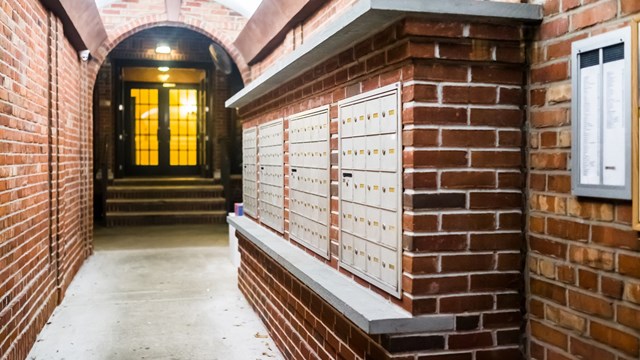
Leave a Comment